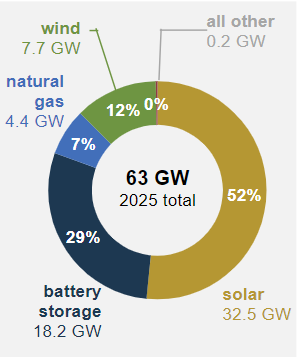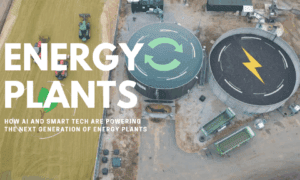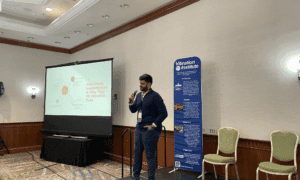While the growth of the U.S. EV market stumbled in 2024 with only 7% growth from 2023, another side of the clean energy sector – Solar and Energy Storage – has shown another record year and promises even more for the rest of the decade despite. In 2024, residential and commercial-scale Solar were the largest contributors to new grid capacity with 50GW installed – a 21% increase from 2023; U.S. utility-scale battery capacity grew by 66% in 2024, reaching 26GW, with an expected two-digit percent CAGR in the coming years. According to EIA, solar and energy storage will lead to new US utility-scale generating capacity going online in 2025 (Figure 1).
The rapid growth of solar and energy storage has been boosted in recent years by significant cost reductions, technological improvements, expanding demand for cheap electricity from manufacturing facilities and datacenters, and a vast flow of private investments driven by tax equity funding structures complemented with the Inflation Reduction Act (IRA) transferable tax credits, established in 2022.
- The median cost of an installed solar PV system in the US has dropped by 3-4 times (Figure 2). Together with advanced capacity factors, the average LCOE (levelized cost of energy) has dropped by 85% since 2010, now being cheaper than energy from any traditional fuel sources (Figure 3). Similarly, according to Bloomberg NEF, battery energy storage turnkey prices in China have dropped by 43% in 2024, pushing the global market down.
- Total business and consumer investment in renewables and cleantech manufacturing already reached $493B according to Deloitte, largely instigated by Federal IRA policies with total claimed tax credits expected to reach $800B – $1.2T in 2022-2032.
The funding vehicle energizing this recent surge of investments lies in the intersection of a traditional tax equity project financing and recently established transferability of the key IRA tax credits – §45 Clean Electricity Production Tax Credit (PTC) and §48E Clean Energy Investment Tax Credits (ITC).
Tax Equity Financing originated in the United States decades ago and, over time, became a successful model for project financing of renewable energy projects. Through this financing model, investors who have high tax liabilities can put their money into otherwise too long-term or low-return projects (such as renewable energy) in return for tax benefits that are channeled to them from a project entity (normally a pass-through LLC – Figure 4). Typical tax equity investors include large financial institutions, insurance companies, and corporations who are looking to use their tax liabilities to fund sustainable projects.
Figure 1. U.S. planned utility-scale generating additions (2025)
Figure 2. Median Installed PV System Price in the U.S.($/W)
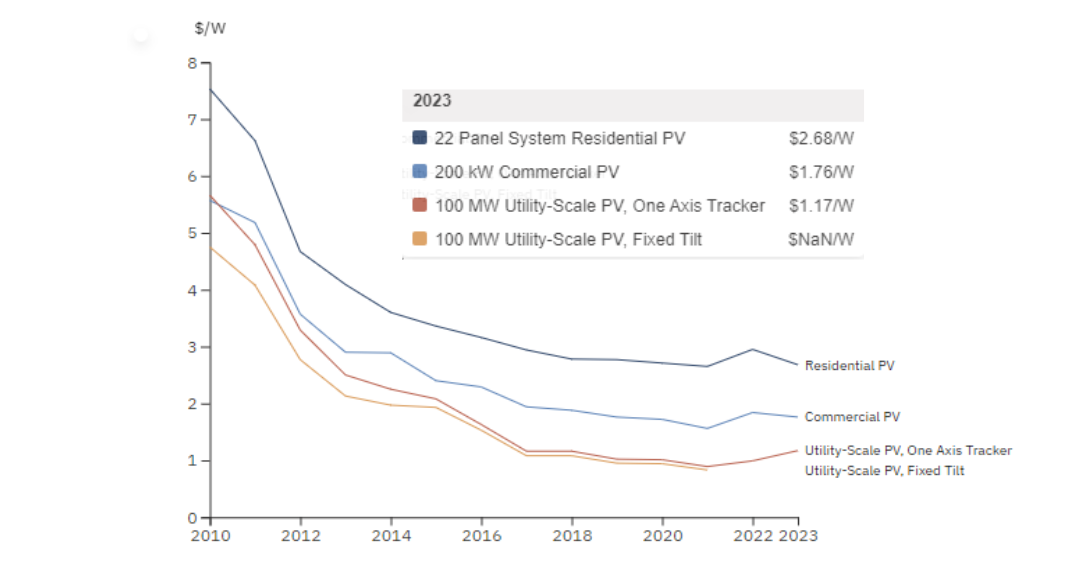
Source: U of Michigan, https://css.umich.edu/publications/factsheets/energy/solar-pv-energy-factsheet
Figure 3. Average Unsubsidized LCOE in the U.S. ($/MWh)
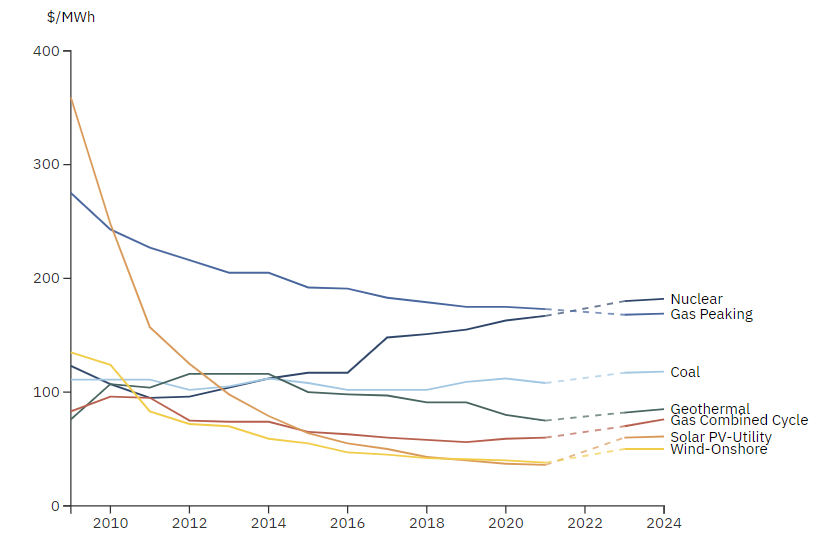
Source: U of Michigan, https://css.umich.edu/publications/factsheets/energy/us-renewable-energy-factsheet
PTCs and ITCs are also not a new phenomenon and first originated in the Energy Policy Acts of 1992 and 2005, respectively. The 2022 IRA not only expanded the eligibility of projects but also added a key feature – transferability of tax credits – a way to monetize tax credits even when the project company does not have any tax liabilities to offset. Transferability allows taxpayers to sell all or a portion of tax credits to another completely unrelated eligible taxpayer. The cash proceeds for the seller as well as savings from purchased tax credits for the buyer are not considered gross income and, as such, are not subject to federal taxes.
Since 2022, when the IRA was passed, the market for IRA tax credits has evolved. The buyers are both for-profit companies that want to offset their tax liability and banks, for which purchasing clean energy tax credits is a way to both minimize their own taxes and also a vehicle to finance renewable energy projects that otherwise would not meet their investment and credit risk profile. The biggest incentive for the buyers to enter the market is immediate savings from purchasing transferable tax credits at a discount to the nominal value. For example, a bank can buy $500M worth of tax credits for $475M, at a 5% discount, saving $25M, which are also not subject to taxes. Depending on the risk profile of the project, as well as the balance of supply and demand, credits can be traded at a $0.93-$0.95 range for a lower risk profile, while more complex deals may require higher discounts. All else equal, PTCs are generally more secure since they do not pose a recapture risk compared to ITCs.
Figure 3. Example of a project with tax equity investor
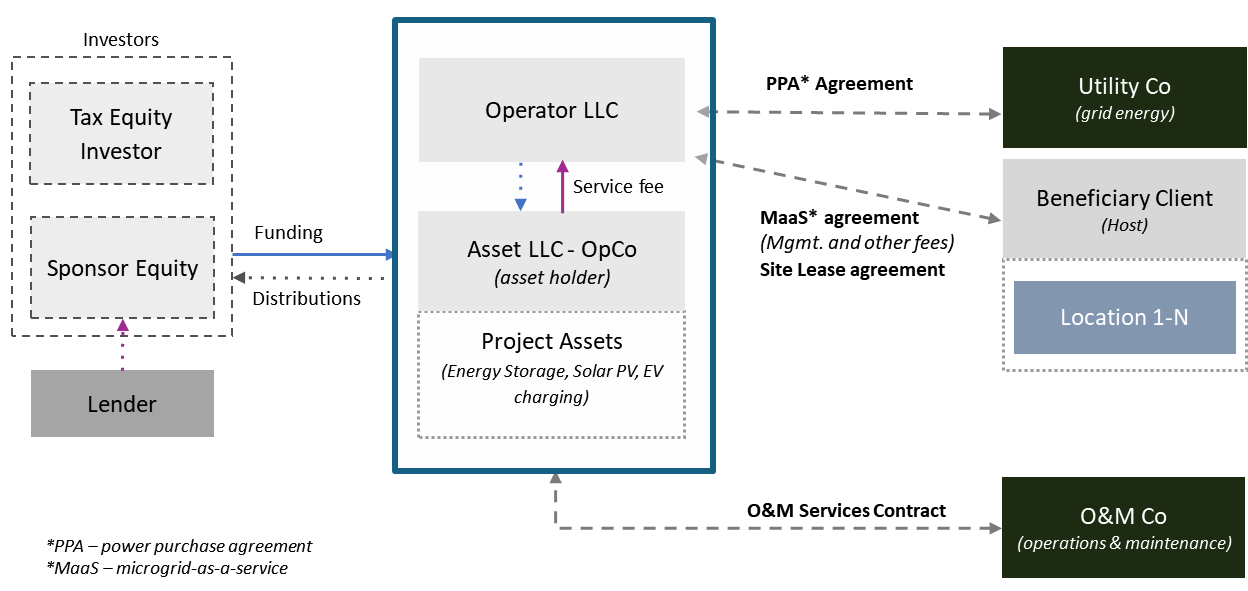
Source: Author
Despite some of the Inflation Reduction Act (IRA) credits being at risk of cancellation (such as the consumer 30D credit), transferable §45 PTC and §48 PTC are likely to stay and continue driving investments in a mix of renewable projects. Since 2022, these credits have driven employment, more resilient local electric grids, and cheaper energy sources. Currently, there are 41 states with solar or battery manufacturing facilities − which ensures bipartisan support at a local and state level.
Financing renewable energy projects presents several challenges: substantial upfront investments, long payback periods, and low returns (which cut off a bult of traditional financiers), regulatory and policy risks, and finally technological and operational risks. Tax equity financing structures are designed to maximize benefits of IRA tax credits, as well as leverage bonus depreciation and accelerated depreciation schedules (MACRS), and to allocate roles and risks among the stakeholders – Developers, Sponsors, Project Beneficiaries, Tax Equity Investors, and Lenders. Risk-reward allocation is key to expanding investor pull and making such long-term investments attractive.
Common legal structures in tax equity financing include:
- Partnership Flips: Initially, tax equity investors receive most tax benefits (e.g., 95-99%) and cash flows until a target return is achieved, after which the ownership structure “flips,” granting the sponsor a larger share.
- Sale-Leasebacks: The developer sells the project to a tax equity investor and leases it back, allowing the developer to operate the project while the investor utilizes the tax benefits.
- Inverted Leases: The tax equity investor leases the project from the developer, enabling the investor to claim tax benefits while the developer retains ownership.
The final typical returns on investment for tax equity investors consist of several items:
- ITC tax credits
- Depreciation deductions reducing tax liability
- Cash payments as fixed interest return
- Cash buyout at exit (typically 5 years after the investment, which allows for capturing of the fully vested ITC)
While most projects are not public, several notable renewable energy projects have utilized tax equity financing:
- VF Corporation’s Solar Investment: In July 2022, VF Corporation initiated the largest renewable energy tax equity investment, funding the development of four utility-scale solar projects in South Carolina, anticipated to generate 47GWh of renewable energy per year.
- Cimarron Bend Wind Farm: This 599 MW wind farm in Kansas was financed through tax equity agreements with U.S. financial institutions, including Bank of America, Merrill Lynch, J.P. Morgan Chase, and MetLife.
- BrightNight and Cordelio Power Solar: 300MW solar project in Arizona with $260M tax-equity financing provided by J.P. Morgan affiliate and Capital One, announced in 2024.
Tax equity and transferrable tax credits proved a resilient and efficient way of driving investments in capital-intensive industries and, hopefully, will stay a unique feature of the U.S. investment landscape as it drives funds into small and large projects across the country.
About The Author
Alexandr Kuzmin, corporate development and project financing professional, specializing in battery value chain, energy storage, and EV automotive, with more than 10 years of experience. Since 2021, Alexandr has been working with General Motors, concentrating on EV transition and energy storage projects.
The opinions expressed in this article belong solely to the author and do not reflect the views of their employer or affiliates.
Sources:
1) https://www.canarymedia.com/articles/electric-vehicles/chart-ev-sales-grew-slowly-in-2024
2) https://seia.org/research-resources/us-solar-market-insight/
3) https://www.eia.gov/todayinenergy/detail.php?id=64705
4) https://www.eia.gov/todayinenergy/detail.php?id=64586
5) https://css.umich.edu/publications/factsheets/energy/solar-pv-energy-factsheet
6) https://about.bnef.com/blog/global-energy-storage-market-records-biggest-jump-yet/
8) https://seia.org/research-resources/us-solar-market-insight/
11) https://www.power-technology.com/news/brightnight-cordelio-funds-solar-project/?cf-view

